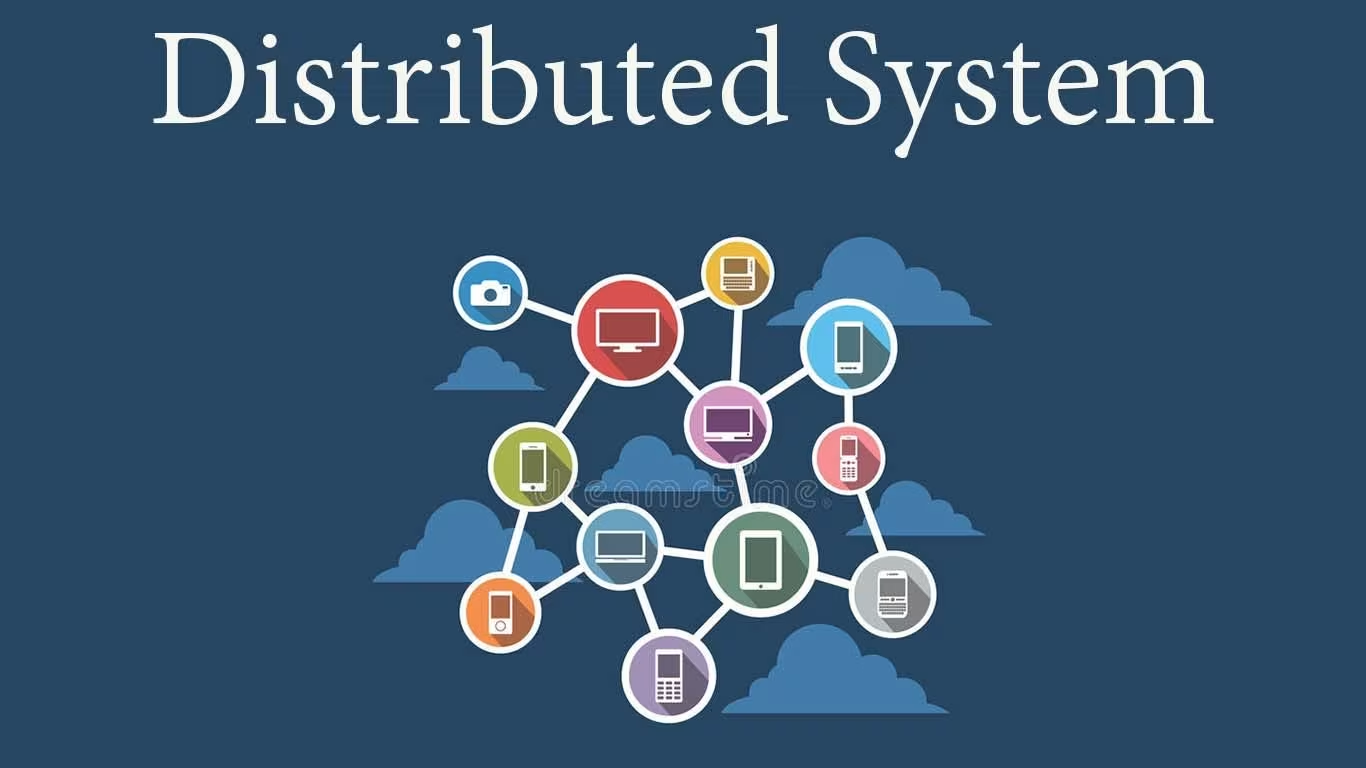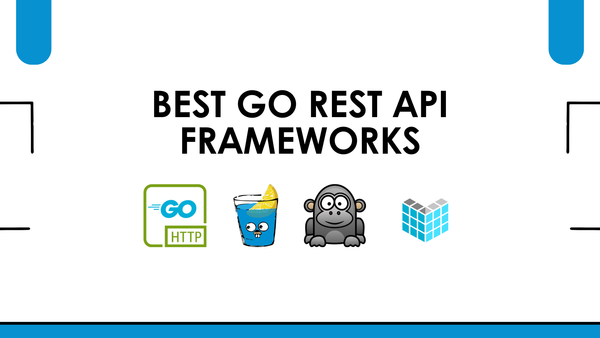How Tech Giants Handle Billions of Likes, Views, and Interactions

Counting might seem simple – add one, right? But when billions of likes, views, and interactions happen every second across platforms like Facebook, YouTube, and Twitter, things get complicated. A single database can’t handle that much traffic without slowing down or crashing. This is where distributed counters come in.
By spreading the counting workload across multiple servers, distributed counters ensure scalability, speed, and fault tolerance. In this blog post, we’ll delve into how these systems work, why they matter, and how tech giants implement them at scale.
The Problem with Traditional Counters
In large-scale systems, simple counters stored in a single database create several problems:
- Data Loss: If the database crashes, all counter data is lost or inaccessible.
- Performance Bottlenecks: Millions of simultaneous updates to a single counter can overwhelm the database server, leading to slowdowns and potential crashes.
- Centralized Dependency: Requiring every request to reach a central server creates a single point of failure and slows down the system as the user base grows.
- Locking Issues: Multiple clients trying to update the same counter simultaneously can lead to locking mechanisms that slow down updates or cause failures.
The Solution: Distributed Counters
Distributed counters address these challenges by spreading the counting load across multiple servers. This allows the system to scale without performance degradation.
Techniques for Efficient Distribution
Different techniques are used to distribute counting efficiently, depending on the required level of accuracy and consistency:
1. Sharding:
This approach splits the counter across multiple database partitions or servers. Each shard manages a subset of users or events. Periodically, values from all shards are aggregated to compute the final count.
Example: Instagram uses sharding to handle millions of likes per second. Users are divided into groups based on their geographic region, and each region has its own database server that maintains a local counter. These partial counts are periodically summed up to show the total number of likes.
2. Approximate Counting:
For scenarios where an exact count is not necessary, approximate counting techniques like HyperLogLog are used. These probabilistic algorithms estimate the count with high accuracy while using minimal memory.
Example: Google Analytics uses HyperLogLog to estimate the number of unique visitors to a website.
3. Consensus Protocols:
For applications requiring strict consistency, distributed counters rely on consensus protocols like Raft or Paxos. Every update goes through a distributed coordination mechanism that ensures all nodes agree on the correct count.
Example: Online banking systems use consensus protocols to ensure that every deposit and withdrawal is counted exactly once across all nodes.
Aggregation and Querying
Since different shards maintain partial counters, the system needs a way to periodically merge these values to get the total count.
- On-Demand Aggregation: When a user requests the total count, the system queries all shards and sums up the values in real time.
- Background Aggregation: To reduce query load, the system can periodically aggregate values in the background and update a central cache or database.
Real-Time Streaming
For applications requiring near real-time updates, systems like Apache Kafka, Flink, or Spark process counter updates as they happen, ensuring that counts remain up-to-date.
Example: Twitter uses Kafka streams to process retweet events in real time, updating sharded counters and a distributed cache like Redis.
How Tech Giants Implement Distributed Counters
- Facebook: Uses sharding for handling billions of likes per second. An eventual consistency model is used to aggregate them across data centers.
- YouTube: Batches updates and stores them in memory before writing them to the database to reduce the number of direct writes. Also uses sharding.
- Twitter: Uses caching layers to store counts temporarily, reducing the number of direct writes to the database.
Key Takeaways
- Distributed counters are essential for handling massive data volumes in large-scale systems.
- Different techniques like sharding, approximate counting, and consensus protocols are used to distribute counting efficiently.
- Aggregation and querying strategies optimize performance and ensure accurate counts.
- Real-time streaming frameworks enable near real-time updates for applications requiring high responsiveness.
- Tech giants like Facebook, YouTube, and Twitter leverage these techniques to handle billions of interactions seamlessly.
Conclusion
Distributed counters are a critical component of modern online platforms, enabling them to scale and handle massive amounts of data efficiently. By understanding the different techniques and strategies used to implement them, we can appreciate the complexity and ingenuity behind these systems that power our digital world.
Also read: Monolithic vs. Microservices – A Detailed Comparison



